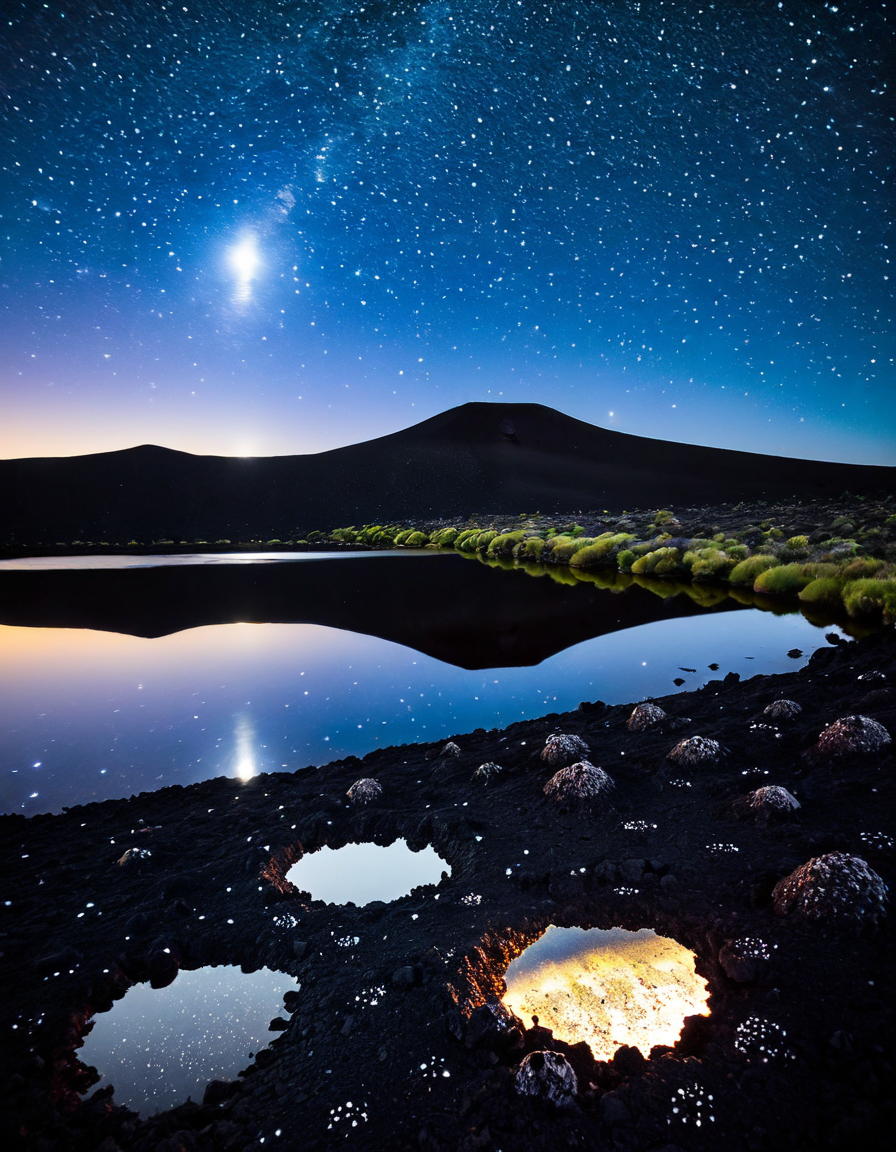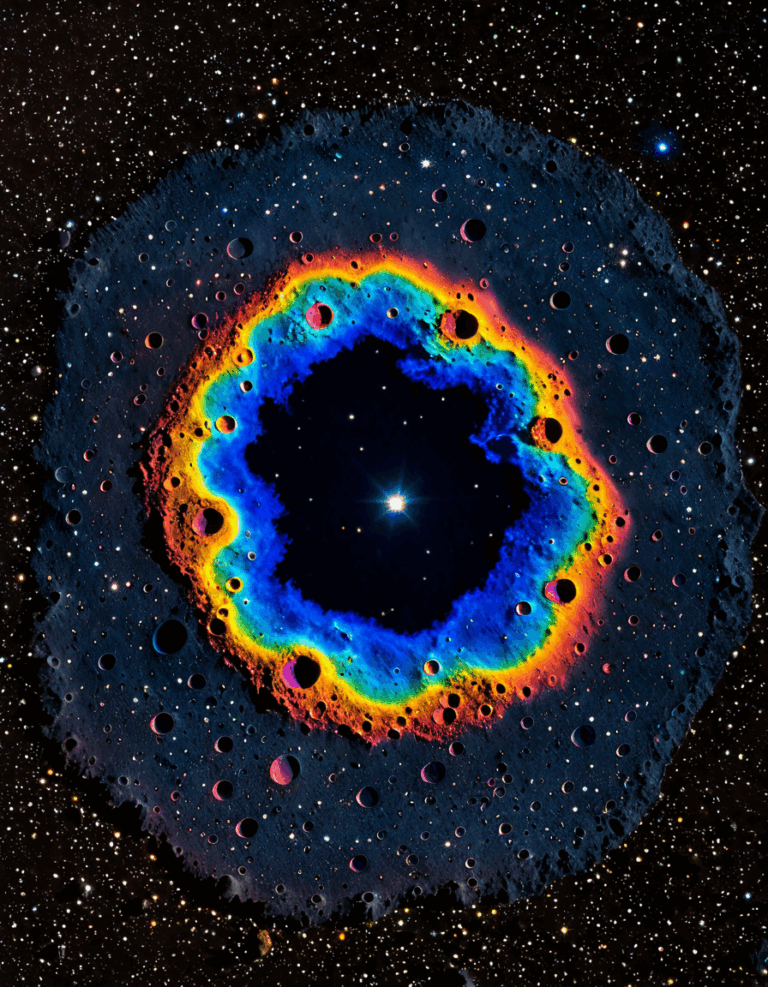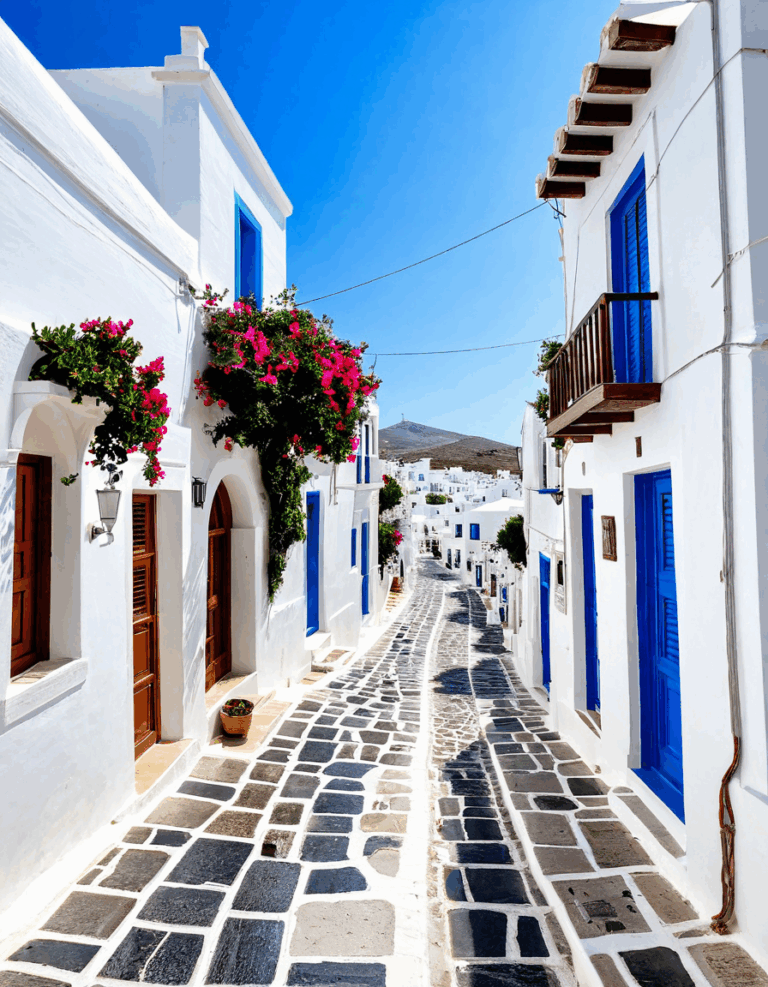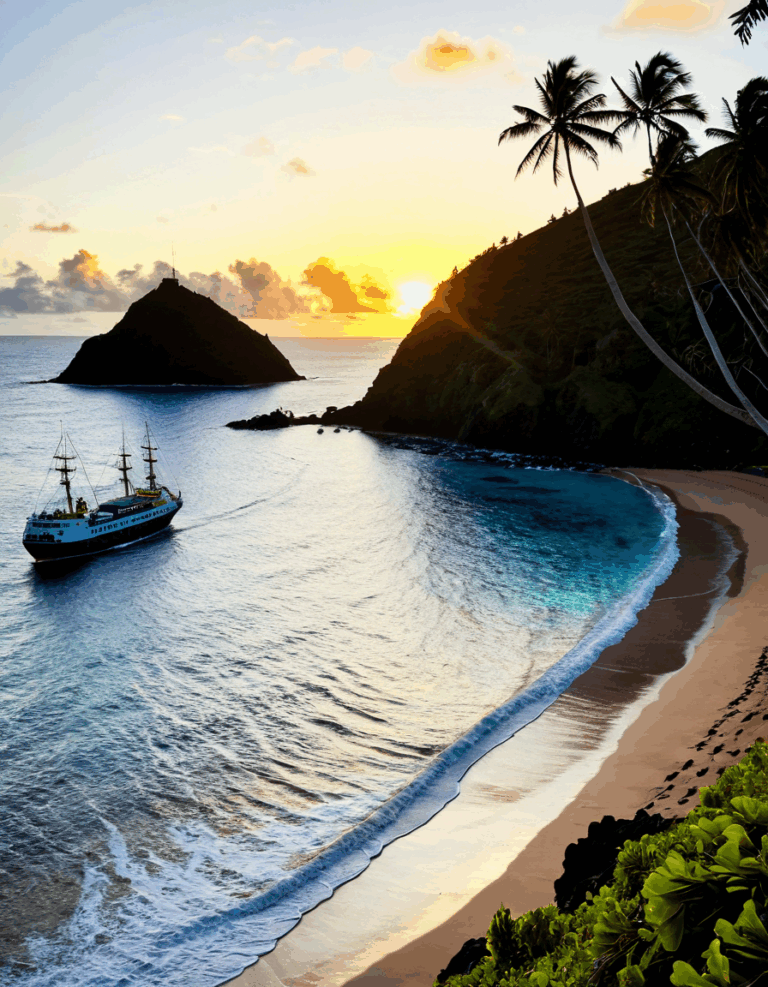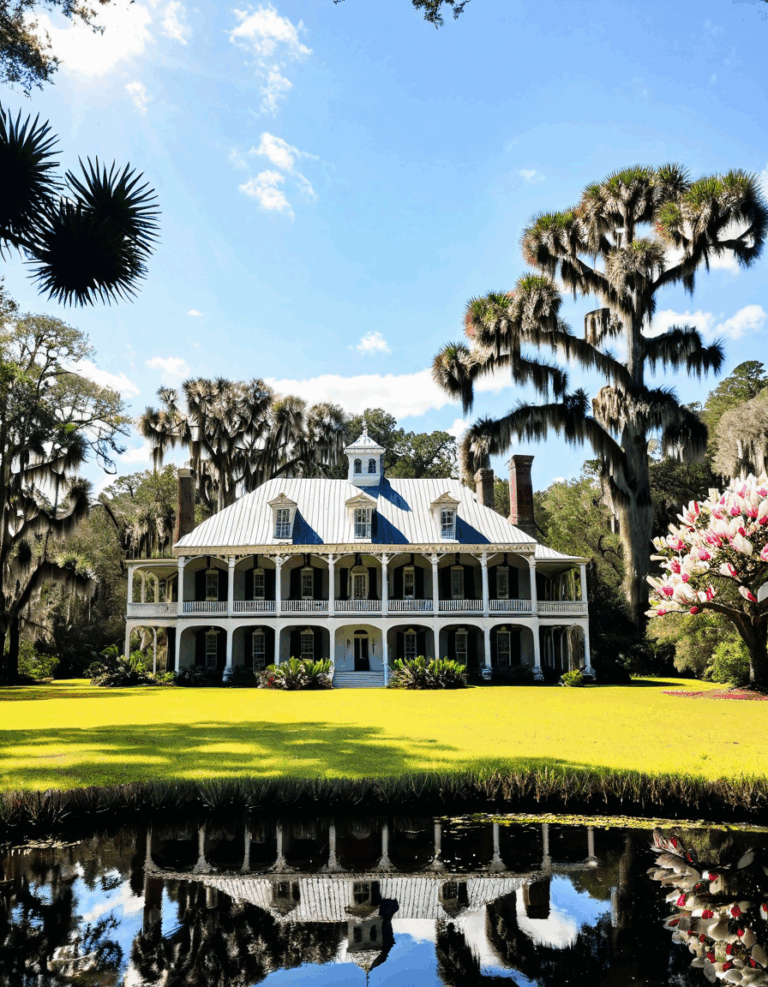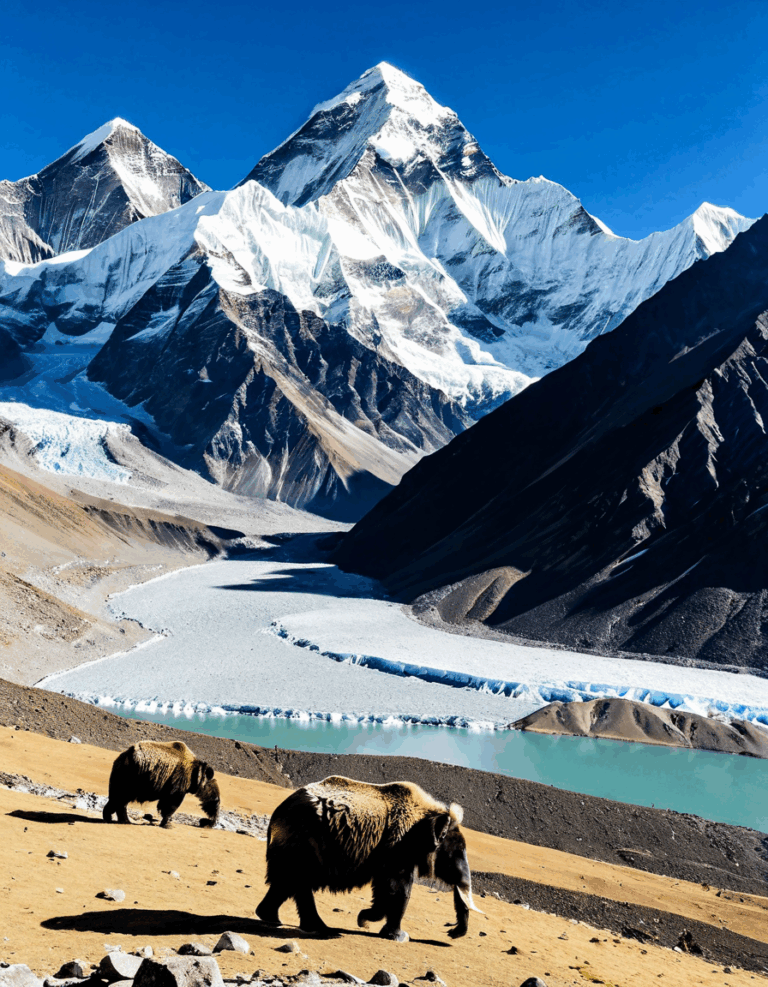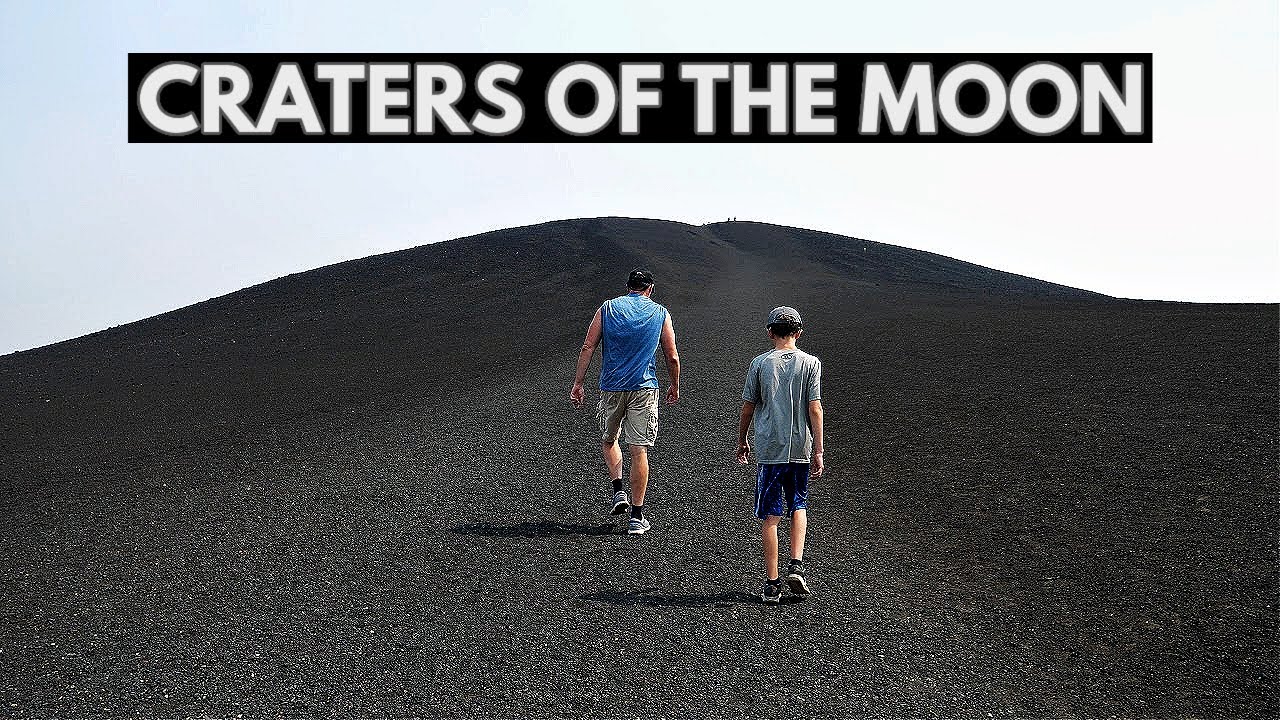
Craters of the Moon: A Window into Our Cosmic Past
Craters of the Moon have captivated mankind for centuries, intriguing scientists, astronomers, and artists alike. From the eye-catching formations that grace the lunar surface, we find captivating stories about our solar system’s history and the processes that shape celestial bodies. Exploring these craters is all about appreciating the beauty within the lunar landscape and uncovering the tales they tell about the formation of our moon, Earth, and the broader universe.
With renewed interest in lunar exploration, we’ve begun to realize that these craters serve as a time machine. They don’t just sit silently; they speak volumes about impact events, volcanic activity, and even the conditions that could guide future missions. It’s a blend of science and artistry—like how a documentary might portray an ancient civilization based solely on ruins. The craters of the Moon do just that, piecing together a narrative of not just Earth’s moon but the cosmic tableau surrounding it.
The craters not only incite curiosity but spark dreams and aspirations. The endless questions they raise about the universe and our existence prompt some to delve deeper into science, while others might find inspiration in the arts. Like poets who find beauty in the simplest things, we too can find wonder in celestial creations. Let’s take a closer look at five fascinating craters that have ignited our imaginations.
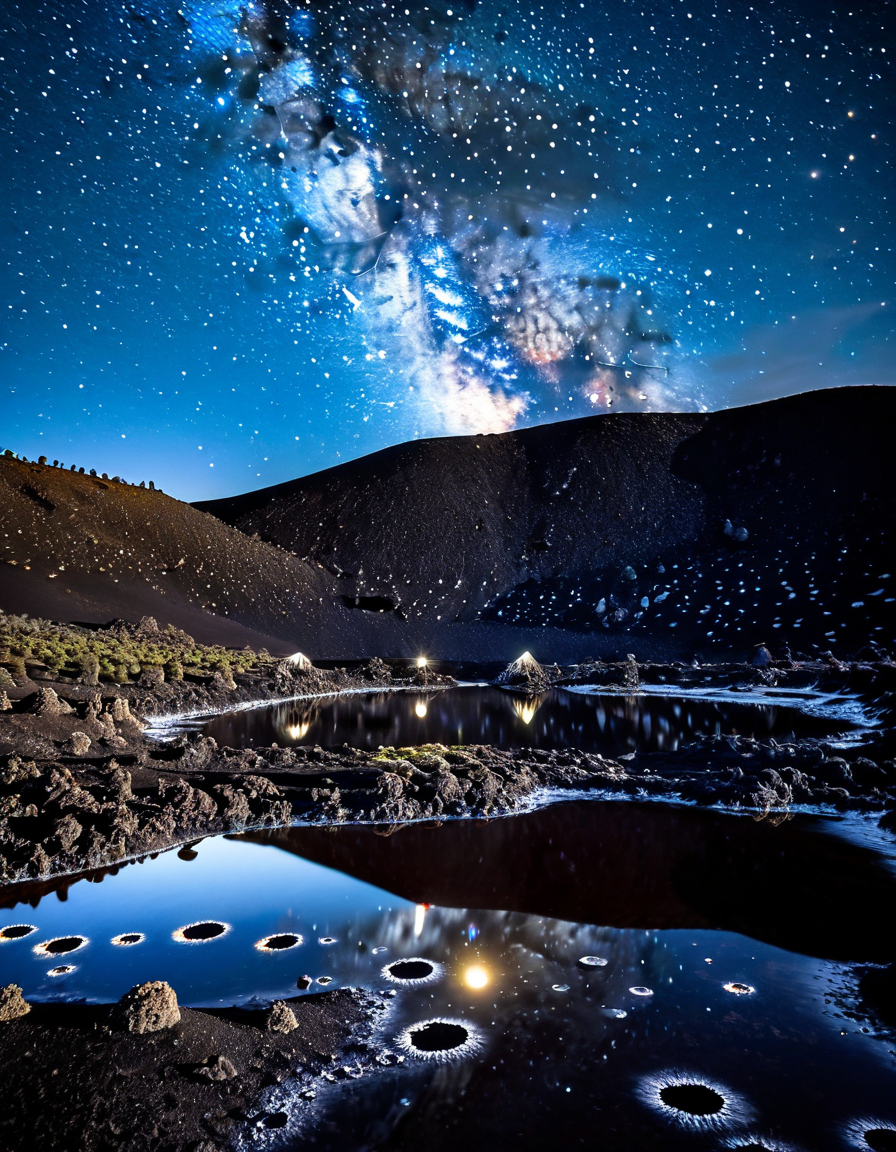
Top 5 Fascinating Craters of the Moon That Spark Our Imaginations
1. Tycho Crater
One of the most recognizable features on the lunar surface, Tycho Crater, spans approximately 85 kilometers in diameter. Formed about 108 million years ago, its bright rays radiate outward, a testament to the violent impact that carved it. Observations from lunar missions, especially NASA’s Lunar Reconnaissance Orbiter, have revealed critical insights into the geological processes that not only shaped the crater itself but the surrounding area. It’s like the aftermath of a major event, telling us how the moon has weathered a tumultuous past.
2. Copernicus Crater
The Copernicus Crater, measuring about 93 kilometers across, stands out with its prominent ring and remarkably preserved floor. It’s believed to be around 800 million years old and showcases a central peak that rises dramatically from its depths. Perfect for observation, this crater emphasizes how the moon’s geology is in constant flux—a point that grabs the attention of scientists and sky enthusiasts alike. Like a geological postcard, it invites viewers to witness the forces that shaped it.
3. Clavius Crater
Size matters with the Clavius Crater, roughly 225 kilometers wide. Within its massive walls lie multiple smaller craters, transforming it into an interesting case study. Clavius contains both ancient and relatively young craters that narrate a timeline of impacts that shaped the lunar surface over billions of years. It’s a real visual smorgasbord of the Moon’s history, inviting scientists to decipher exactly what has transpired over time.
4. Grimaldi Crater
With a diameter of about 213 kilometers, Grimaldi Crater draws attention for its dark basaltic plains that starkly contrast the surrounding lighter highlands. Its flat floor, crafted by ancient volcanic activity, hints at a dynamic geological past that melds the forces of both impact and volcanoes. Examining Grimaldi provides valuable data on lunar volcanic activity—essential because it holds hints about the Moon that humanity hasn’t uncovered yet, which echoes a greater interest in observing volcanic features on other planets.
5. Mare Crisium (Sea of Crises)
An extraordinary volcanic plains region, Mare Crisium houses several distinct craters, including the famous Crisium Crater. Spanning an impressive 555 kilometers, this region is rich with volcanic history, providing scientists with vital information about lunar volcanic processes. The variety of craters offers insights that help piece together the timeline of the Moon’s turbulent geological activities. This diverse landscape compels observers to ponder: what other secrets lie beneath the lunar surface?
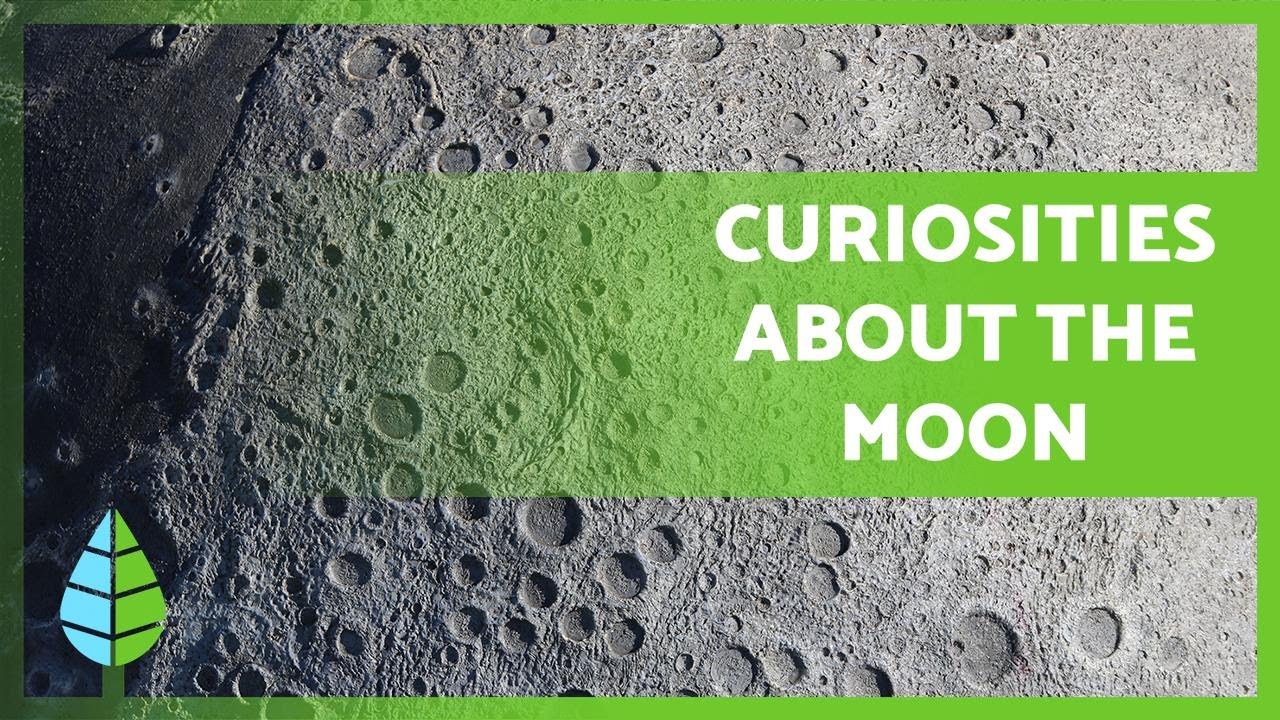
The Science of Craters: What They Tell Us About Lunar Evolution
Craters of the Moon are more than mere geological features; they are historical records. Each impact narrates a story about cosmic occurrences, revealing data about the solar system’s history. For instance, understanding the depth and morphology of craters enables scientists to deduce the age of the lunar surface. By analyzing the stratigraphy within craters, researchers can reconstruct the Moon’s evolution across billions of years, emphasizing variations in impact rates and volcanic activity across regions.
Moreover, craters also serve as rich sites for resource exploration. With the renewed interest in lunar exploration and future colonization intent, knowing these features becomes essential for upcoming missions. Companies like SpaceX and Blue Origin are pushing the envelope in private space exploration, urging researchers to fully grasp the lunar environment. The craters might just be the key to unlocking resources that could pave the way for sustainable human presence.
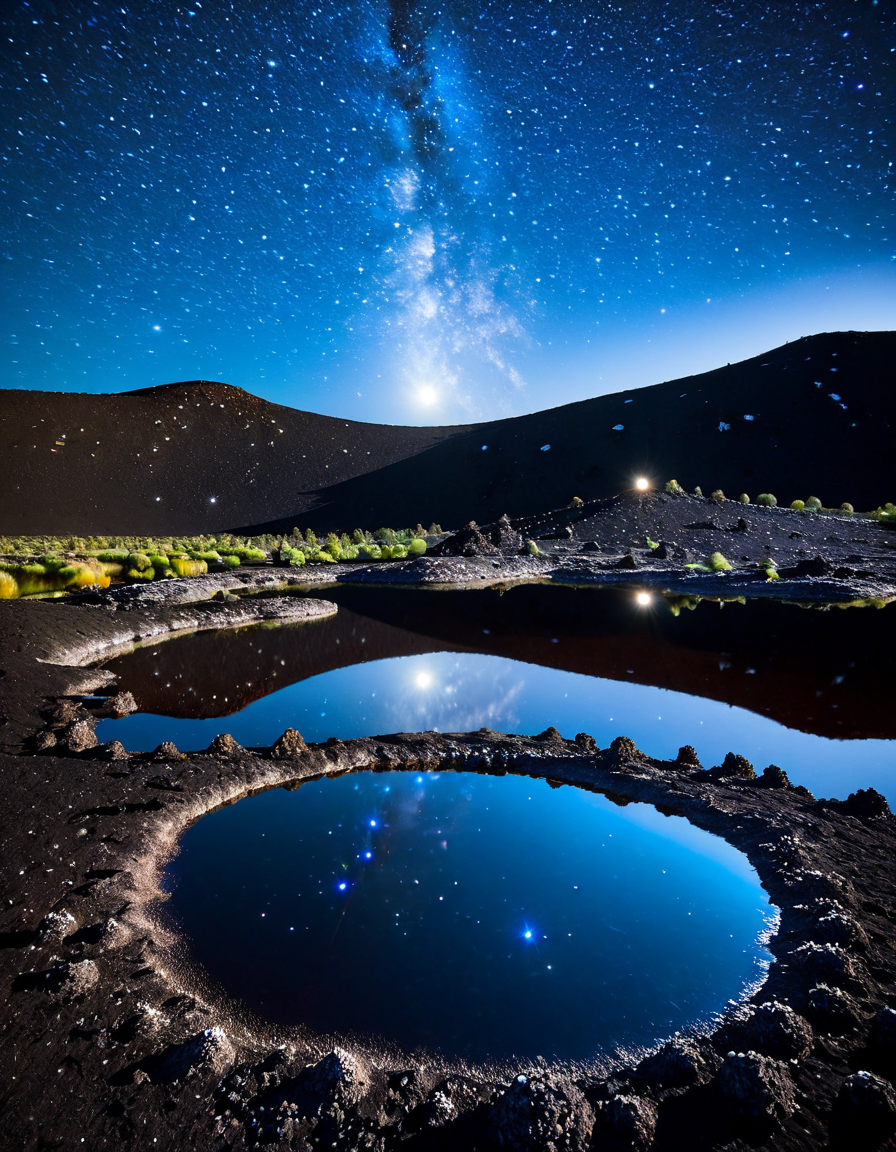
The Cultural Impact of Lunar Crater Exploration
The craters of the Moon hold both scientific significance and cultural resonance. From the romantic musings of poets like John Keats to artistic interpretations by contemporary creators, the Moon’s craters have inspired countless artistic undertakings. For instance, filmmakers like Christopher Nolan — in Interstellar — have piqued public interest, using lunar imagery as a backdrop to explore themes of human ambition and the quest for knowledge. This blending of science and art adds layers to our understanding of both; the Moon compels us in more ways than one.
Cultural institutions like Paradox Magazine often cover artistic explorations relating to the cosmos, helping to merge science with creativity. The idea that craters can spark not just scientific inquiry but artistic expression makes them invaluable to our cultural fabric. They remind us of our connection to the universe, transforming cold, scientific observations into warm human experiences.
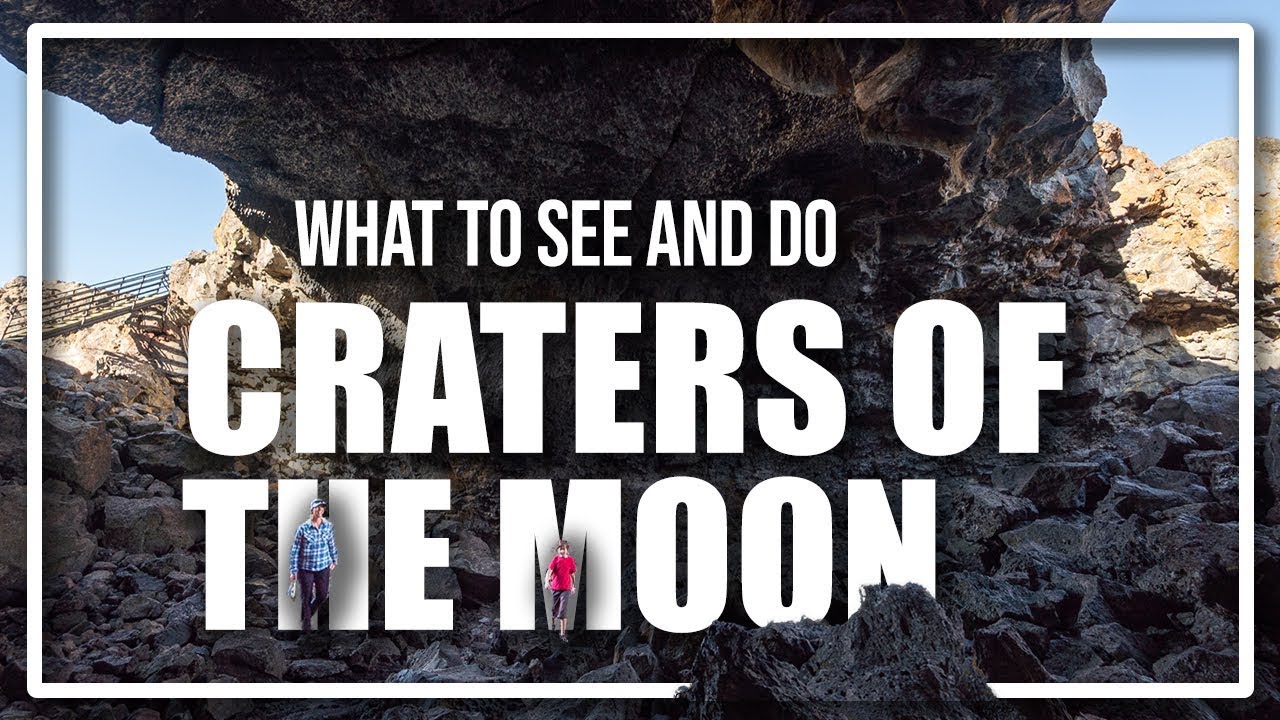
A Cosmic Legacy: The Future of Lunar Exploration
Looking ahead, our fascination with the craters of the Moon will continue to inspire both scientific inquiry and human exploration. NASA’s Artemis program aims to return humans to the lunar surface by the mid-2020s, with intentions to establish a sustainable presence. New data from lunar missions could unlock further mysteries, catapulting humanity toward deeper space exploration and a better understanding of our place in the cosmos.
As we gaze into the great expanse of the universe and ponder what lies beyond our blue planet, the craters of the Moon will remain fundamental to our quest for understanding. They ignite not just scientific curiosity but inspire a deep-seated sense of adventure, urging those brave enough to chart the unknown. Each crater represents not merely a remnant of the past but a beacon calling explorers forth, promising the thrill of discovery.
If you haven’t yet, make sure to explore resources like the ethos dispensary for more insight into how we might utilize lunar resources, or get involved with discussions on platforms utilizing discord Timestamp features. The journey into lunar exploration is as complex as the craters we study, and it’s just getting started!
With this new chapter unfolding, we embrace the excitement of continued exploration and imaginations that truly know no bounds. Happy adventuring!
Craters of the Moon: A Curious Exploration
The Origins of Craters
The craters of the moon tell stories dating back billions of years. Formed from collisions with asteroids and comets, these depressions range from small pockmarks to gigantic basins, like the infamous Imbrium Basin, which spans over 750 miles. In a way, gazing at the moon is like looking at a history book—each crater is a testament to the violence of our solar system’s early days, much like how the Alien And Sedition acts( reflect the conflicts and tensions that shaped early America. These features ignite our imagination, allowing us to ponder the mysteries of space.
Craters also vary widely in age, with some as young as a few million years and others believed to be over 4 billion years old! Just as the popularity of a Nigerian restaurant( can evolve based on trends and tastes, the craters on the moon reveal a dynamic history of ongoing impacts that shape its surface. The moon’s lack of atmosphere means these scars remain relatively untouched, providing a clear window into the past.
A Source of Inspiration
Moreover, the moon’s craters have inspired countless tales, poems, and even scientific exploration. They’re not just pretty sights; they prompted moon missions, including Apollo 11, which brought humans to the lunar surface. Just think about it—can you imagine being on the moon, standing near a massive crater? It’s thrilling, akin to watching Miss America 2023( light up the stage. Each crater becomes a landmark, evoking wonder and excitement about what lies out there.
Another fun tidbit: the moon program kicked off during a time when technology was making leaps and bounds, paralleling creative expressions like those of Ms. Sethii.(.) Both fields push boundaries and broaden our scopes—be it exploring the universe or delivering captivating performances. So, the next time you catch a glimpse of the moon, ponder the craters you see; they might just be inspiring the next big idea, much like how we celebrate Happy Labor Day() to honor hard work and achievements.
As we gaze at these ancient giants, let’s remember—they’re not just dusty old holes; they’re portals to the past, sparks for our imagination, and maybe even maps to our future explorations. The craters of the moon are indeed a marvel, making us dream big while we look up at that glowing orb in the night sky.
